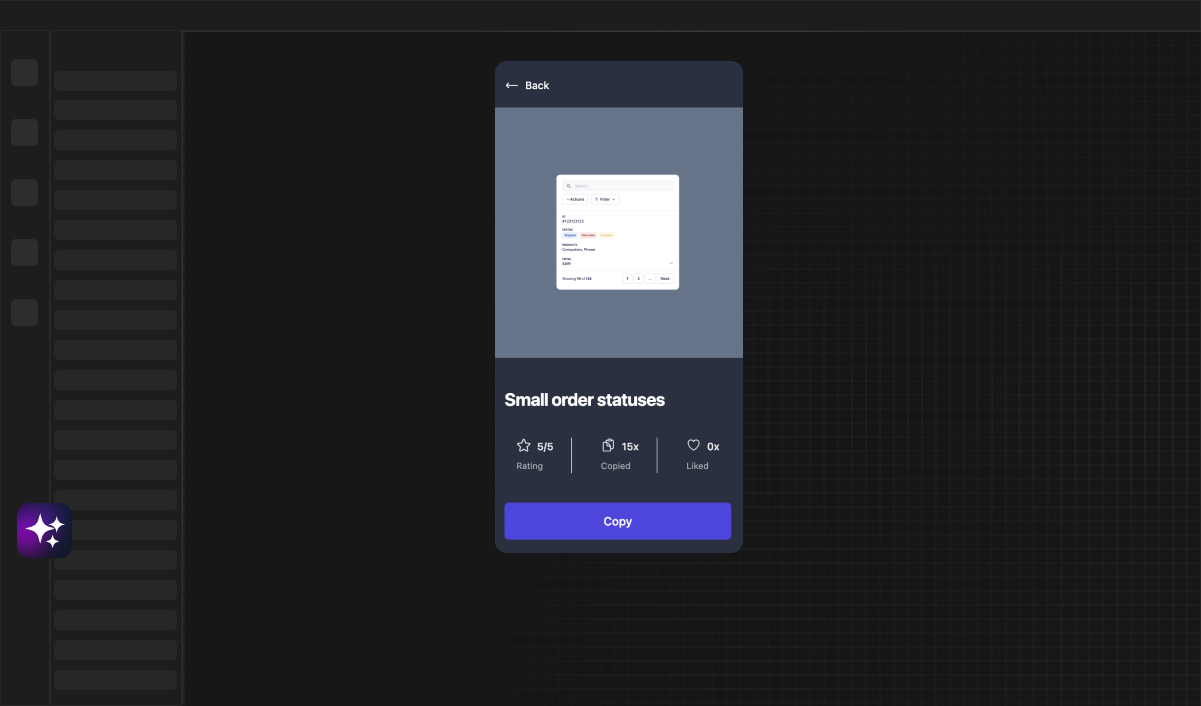
Web Developer
Bubble.io vs Adalo: A Comparison of No-Code Development Platforms
Explore a detailed comparison of Bubble.io and Adalo, two leading no-code development platforms. Learn about their features, pros, cons, and which platform suits your needs best as we dive deep into their functionalities and user experiences.
Overview of No-Code Development Platforms
Defining No-Code Technology
No-code technology has revolutionized the way we create digital tools and applications, empowering those without traditional coding skills to build complex software solutions. This innovative approach leverages intuitive visual interfaces, drag-and-drop functionalities, and pre-built components to transform ideas into functional products quickly and efficiently.
The Rise of No-Code Solutions
The demand for no-code solutions has skyrocketed as businesses seek to reduce development time and cost. Platforms like Bubble.io and Adalo have emerged as frontrunners in this space, offering robust tools that allow users to create mobile and web applications without writing a single line of code. The rise of no-code platforms is a testament to the growing need for flexible, accessible tech solutions in a fast-paced world.
Introduction to Bubble.io
Key Features of Bubble.io
Bubble.io is renowned for its comprehensive suite of features that cater to both beginners and advanced users. It provides a versatile editor, rich plugin marketplace, and the ability to create responsive designs that adapt to different devices. Bubble.io also supports complex logic implementations, making it possible for creators to build feature-rich applications. Learn more about Bubble.io's functionalities.
Pros and Cons of Using Bubble.io
While Bubble.io offers extensive customization capabilities and robust backend services, it may present a steeper learning curve for newcomers. However, the platform's supportive community and extensive documentation can help mitigate these challenges. One of the standout pros is its ability to handle workflows and databases intuitively, which balances the initial complexity users might face.
Introduction to Adalo
Key Features of Adalo
Adalo stands out with its simplicity and streamlined interface, making it an excellent choice for beginners. The platform specializes in creating mobile apps with features such as push notifications and component libraries that can be easily dragged and dropped into place. Adalo also allows users to publish their apps directly to app stores, providing an end-to-end solution from design to deployment.
Pros and Cons of Using Adalo
On the downside, Adalo's simplicity can sometimes limit more complex application requirements, potentially necessitating integration with third-party services. However, for those looking to quickly prototype and deploy straightforward applications, Adalo's user-friendly environment can be significantly advantageous.
Detailed Comparison: Bubble.io vs Adalo
User Interface and Experience
Bubble.io provides a more robust and complex interface that can handle intricate user interactions and data manipulations. In contrast, Adalo offers a cleaner, more streamlined user interface ideal for beginners and those needing quick turnarounds.
Flexibility and Customization Options
Bubble.io shines when it comes to customization. Users can manipulate almost every aspect of their applications, from database structure to front-end styling. Adalo, while user-friendly, offers less flexibility, focusing more on standard app components and functionalities. Customize using Bubble.io with advanced techniques.
Integration Capabilities
Both platforms support third-party integrations, but Bubble.io's vast plugin library and API connector capabilities provide users with more opportunities to expand their app's functionalities. Adalo also supports integrations but typically through a more limited selection of built-in options or external connectors.
Pricing and Value for Money
Bubble.io and Adalo offer different pricing tiers that cater to various needs, from personal projects to enterprise solutions. Bubble.io's pricing can be higher, reflecting its more advanced features and scalability. Adalo’s pricing model is generally more accessible, making it a good entry point for small-scale projects or individual developers.
Use Cases and Success Stories
Bubble.io in Action
From managing logistics to running e-commerce platforms, Bubble.io has supported a diverse range of successful applications. Its ability to integrate with various databases and APIs makes it ideal for businesses requiring robust, scalable solutions. See Bubble.io's flexibility in real-world applications.
Adalo Success Examples
Adalo has helped many entrepreneurs and creators launch mobile apps quickly and without hefty upfront investment. Its straightforward design tools and app store publishing capabilities make it perfect for lifestyle apps, simple games, and community platforms.
Final Thoughts: Which Platform Suits Your Needs?
Choosing between Bubble.io and Adalo largely depends on your specific project requirements and technical prowess. If you need deep customization and complex functionality, Bubble.io is the way to go. On the other hand, if simplicity and speed are your priorities, Adalo provides a user-friendly platform that makes app development accessible to everyone. Assess your goals, consider the platforms' offerings, and select the one that aligns best with your vision.
 Leer en
Español
Leer en
Español Leia em
Português
Leia em
Português


